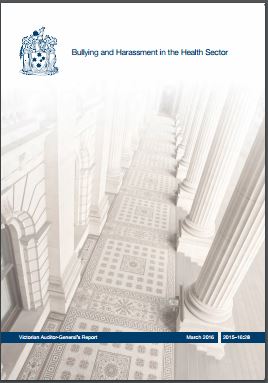More details are appearing of the findings of an independent inquiry into mental health and suicides in the Melbourne Metropolitan Fire Brigade (MFB), a report whose release has been stalled by the United Firefighters’ Union (UFU).
 According to the inquiry’s chair, in an article in the ABC news website, Dr Peter Cotton,
According to the inquiry’s chair, in an article in the ABC news website, Dr Peter Cotton,
“…the MFB has a mono-culture with few women or members from diverse backgrounds, making it difficult to assess the level of bullying and harassment.”
“… the MFB does not screen for alcohol or drug use, and has a lack of policies and procedures to address drug and alcohol issues.”
“Management’s handling of complaints were found to be ad hoc and inconsistent with a “lack of will to follow up” and “give them a wide berth” thought pattern.”
“the mental health of firefighters was comparable with Victoria Police and Ambulance Victoria,…”
The latter point is useful to remember as a similar report into the Victoria Police was released earlier this year. The most recent inquiry into Ambulance Victoria was undertaken by the Victorian Auditor-General in 2016. Continue reading “Firefighters’ mental health”

